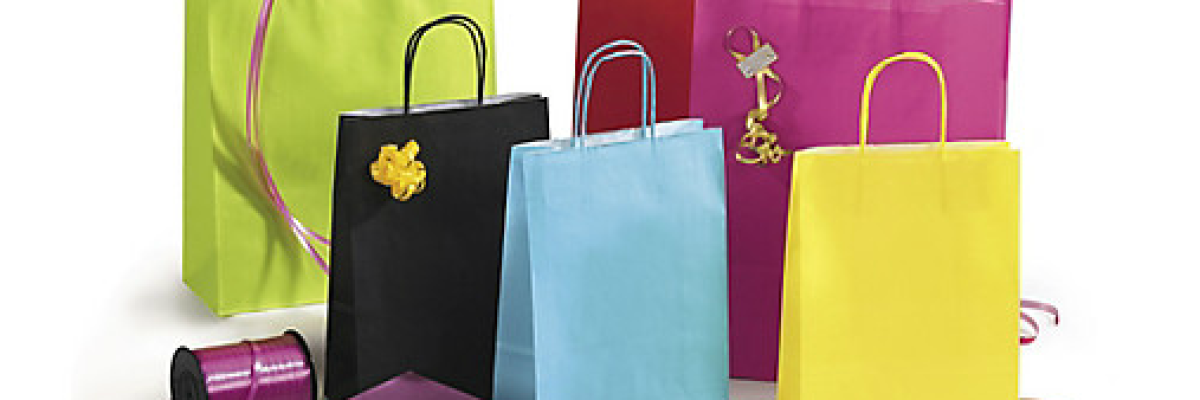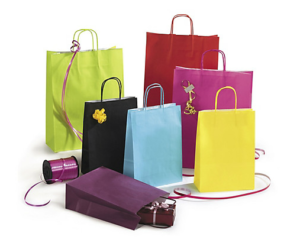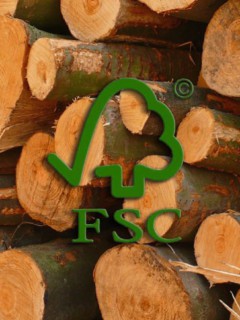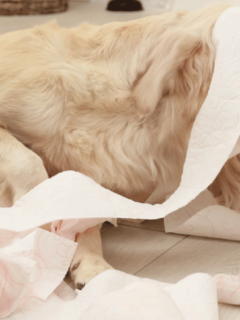The worldwide demand for paper as a raw material is continuously increasing and at the same time the awareness for a more sustainable paper production is growing. In order to really conserve resources in paper production, it is important not to lose sight of two things:
- Paper production is very energy-intensive
- depending on the source, almost every second to fifth tree felled is currently used for paper production – despite the already very high proportion of recycled paper.
Is grass paper an alternative in paper production? And to what extent does grass paper have the properties necessary for good packaging? High stability, good printability and recyclability?
Why reuse paper?
Paper consists to a large extent of cellulose. In Germany, paper consumption is immense.
After the USA, China and Japan, we are the fourth largest paper producer in the world. With about 250 kilograms per capita, we consume as much paper per year as the continents of Africa and South America combined. Almost every 5th tree, of the trees felled annually worldwide, provides the pulp for paper production. The German paper industry imports 58 per cent of the pulp used, 31 per cent of which comes from the Amazon rainforest. The tropical rainforests are being destroyed by deforestation. One reason for the massive destruction of forest areas is due to paper processing.
Although paper is ultimately made from wood, a renewable resource, paper consumption must be critically questioned, especially the limited productivity of forests and their clearing. The raw material paper can be reused up to six times.
Less water, less energy and fewer chemicals are needed in the processing of waste paper than in the production of new paper.
Waste paper is collected, recycled and then made into new paper. The waste paper quota is around 75 per cent and when considering the environmental indicators (wood, energy and water consumption), the eco-balance of recycled paper is superior to paper made from fresh cellulose.
Alternative grass paper?
But: trees take years to grow back, while grass is an innovative, sustainable and rapidly renewable raw material. The natural product, which grows everywhere, can replace some of the pulp used so far in the production of paper and cardboard. According to our manufacturers, grass paper can be easily recycled and also composted. In the production of grass paper, depending on the type, up to 50% fresh fibres are used from sun-dried grass that comes from agriculturally unused compensation areas. Another plus point: the meadow areas used to produce grass paper also provide the much-needed habitat for insects and bees before they are mown.
Studies on the eco-balance and the positive properties of grass paper have been conducted and documented.
- Up to 75% lessCO2 emissions
- significantly less water and energy consumption
- much less use of process chemicals
- rapidly renewable raw material (months instead of years) and thus high CO2 compensation
Grass paper: How a new raw material makes cardboard even “greener
Since the “invention” of paper, the manufacturing process has constantly evolved. The principle, however, is always the same: The raw materials pulp, semi-chemical pulp or, to an ever-increasing extent, waste paper, are dissolved with water and broken down into individual fibres. The basis for the pulp has always been wood in various forms. The ratio of the raw materials alone influences the subsequent paper or board properties. In the further processing stages, the focus is on the desired properties of the finished paper: cleaning, deflaking, dispersing, sorting, grinding, bleaching, dyeing or the addition of auxiliary or sizing materials depend on whether the final product is pure white, soft toilet paper or cardboard that is as stable as possible.
Cardboard production from grass fibres instead of wood fibres
Relatively new now is the idea of using grass instead of wood to produce pulp. The idea came from a print shop expert in Hennef. Uwe D’Agnone wanted to produce paper in an even more environmentally friendly way than before. His search for the new plant fibre began three years ago, as an alternative to wood or waste paper. In the process, he and his team noticed:
Grass contains only a quarter as much lignin as wood! This is quite relevant for the production of paper: Lignins are substances that are responsible for the strength of plant fibres. In paper production, the lignin must be chemically removed. This is a step that is omitted in the production of paper from grass fibres because of the small amount of lignin. This makes production cheaper – but above all more environmentally friendly!
This is how it works: hay is shredded into very short fibres, pulverised and mechanically pressed into pellets. These pellets are then processed into paper and cardboard in paper mills with the help of water. The amount of water used differs considerably from that used in “classic” paper production: the production of one tonne of grass paper requires two litres, while the same amount of paper made from pulp, i.e. wood, requires 6,000 litres of water.
Grass paper packaging
Grass paper has long since left the “test phase” as a packaging material behind it: In tests at the University of Bonn and the broad-based test of a well-known online mail order company, the shipping box made of grass was absolutely convincing.
Especially in the field of packaging, the experts from the University of Bonn continue to see great opportunities for the new raw material. Packaging becomes even more stable when the new raw material is added. In addition, the carton made of grass conveys the “green idea” behind the product through its look, feel and even the slight smell of meadow. A real marketing argument.
Packaging made of grass paper can also be used in the food sector. More information on this is available on request.
Decorative: packaging made of grass paper
Grass paper scores points not only for its ecological aspects but also for its incomparable feel – and it looks good, too. Three reasons why grass paper is also a real alternative for gift wrapping!

















